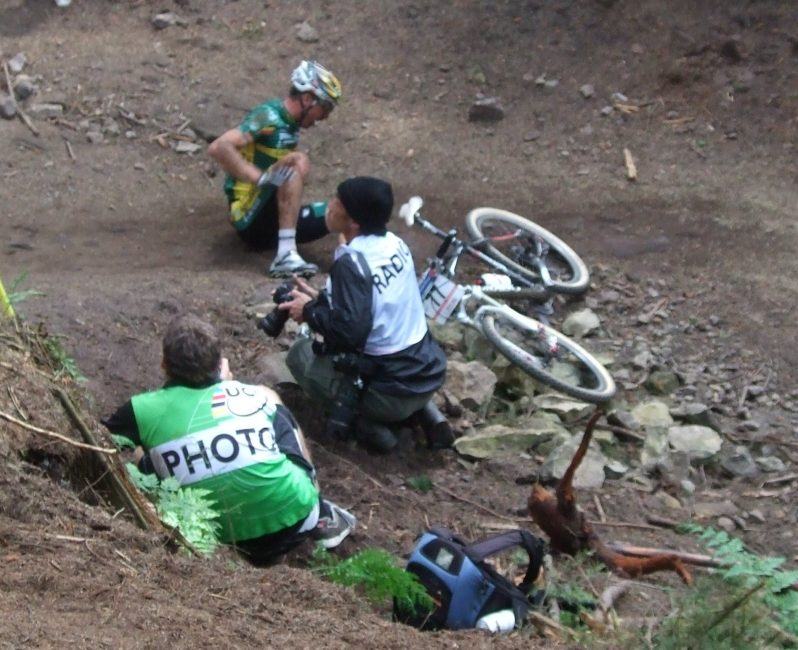Crashing. It is going to happen to you sooner or later.
Whether you ride off road or on the black stuff, crashing is a fact of life. We all do it. Hitting the deck hurts, believe me. After years of riding with the rubber side down, I had two crashes in the space of a week. Fortunately, neither were serious but the cumulative impacts have left my aging body sore and not a little stiff.
If you are lucky, when your front wheel washes out, or a random animal or root flicks you over the bars, you will land on something soft or at least smooth. Whatever the impact zone is made of, you could find yourself hurtling towards it with less than a second to react.
Whenever the earth starts rushing towards me, I thank my lucky stars that I played so much rugby in my past and secondly, that I came off my bike so much as a kid.
Tuck and Roll
Believe me, when you start to go, time slows down. You are fully aware of what is happening and there is nothing you can do about it. You can usually prepare your body to hit the deck though. For many people, this involves acting instinctively. Instinct tells you to stick out your hand.
Expecting your hand to carry the impact of your body weight + velocity is a big ask. The very best that can happen is that you mess up your gloves or get gravel rash on your hands. More frequently the impact will snap your wrist or the forces will travel up your collar bone with a similar conclusion.
My crashing survival technique is a simple one. Tuck and roll. Keep your arms in. If you have to consciously think about it, then do so. Retract the sticky out bits. Try and tuck your head in and do your best to hit the deck shoulder first. In all probability you will make first contact with a solid, or padded part of your body. It will still hurt but the chances of emerging, pretty much fully functional, are greater than if you make contact like a demented stick insect.
Gravel or road rash hurts. It hurts a lot, particularly when it is healing. I am reliably informed that in the first few minutes after impact, your raw bits will be relatively numb. Invoke Rule 5, look at your injuries. If you have come away with bits of road embedded in your arm or hip, now is the time to wash it out.
There is not much you can do to protect your head, once you have tucked it in. Leave the rest to chance and your helmet. Having once hit the deck at about 30mph during a circuit race, the trajectory of your head is almost beyond control. If it is going to smash into the ground it will. Of course, this makes it all the more important to have a correctly fitting helmet. Mine was. It was destroyed, but my head was absolutely fine.
Unless your injuries are too severe, get riding as soon as you feel able, otherwise you will stiffen up and getting going again will be a bit of a feat.
As a final comment, and this is almost counter intuitive, crashing at speed can be less damaging than slow motion events. I have seen more damage to people and machines when the inevitable happens at walking pace than fast crashes. You almost have too much time and your bike will decide to land on its most vulnerable parts.
Walking away
To conclude then. Crashing is a part of riding. If you come off, you are probably going to hurt yourself. All you can do is minimise the potential for serious injury by preparing yourself as you fall. All crashes are bad news but the best crash to have is one you can ride (or walk) away from.
(Impacts from vehicles, traffic furniture or trees are a completely different ballgame.)
Last modified: 14th November 2017








